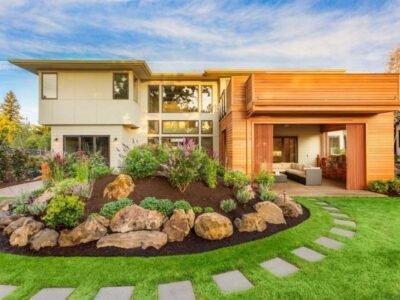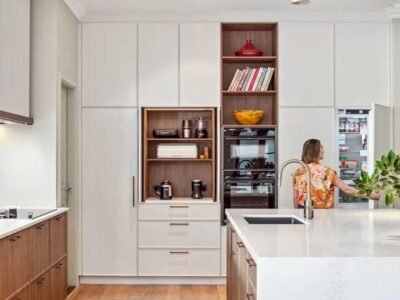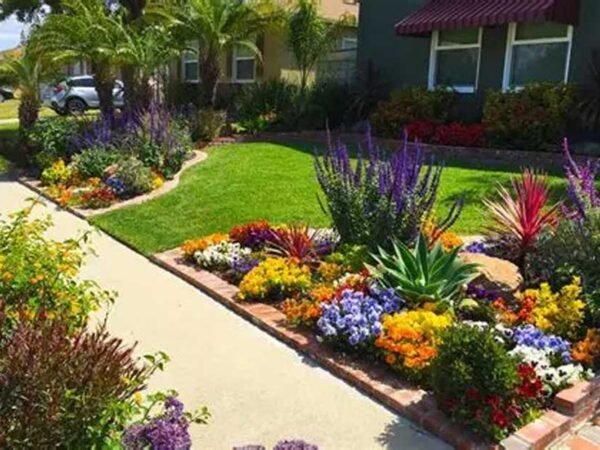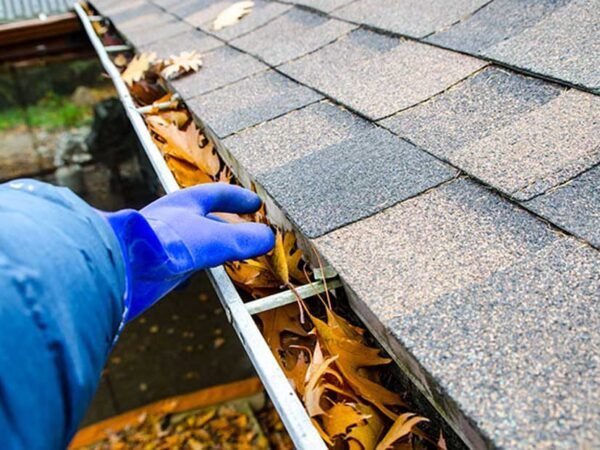Building a home is more than just laying bricks and installing fixtures; it’s about creating a space that is comfortable, functional, and increasingly, sustainable. In today’s world, energy efficiency and environmental responsibility are not just trends—they are necessities. An eco-friendly home not only reduces your carbon footprint but can also save money in the long run. Here are some essential tips for building a sustainable, energy-efficient home from the ground up.
1. Start with a Thoughtful Design
Sustainability begins with design. The orientation of your home can have a significant impact on energy consumption. Positioning windows to maximize natural light and heat during the winter while minimizing excessive heat in the summer can reduce the need for artificial lighting and climate control. Incorporating open floor plans and energy-efficient layouts can further enhance air circulation and reduce reliance on heating and cooling systems.
Additionally, consider the materials and construction methods you plan to use. Sustainable architecture often integrates renewable resources and local materials, which reduces transportation emissions and supports eco-friendly practices. For example, using reclaimed wood, bamboo, or recycled steel not only cuts down on waste but also adds unique character to your home.
2. Choose Sustainable Building Materials
The materials you select can make a substantial difference in your home’s environmental impact. Opt for materials with low embodied energy—that is, those that require less energy to produce and transport. Concrete, while durable, has a high carbon footprint, so consider alternatives like insulated concrete forms or recycled-content cement.
For insulation, materials like cellulose, wool, or recycled denim are excellent options. They provide effective thermal protection while being environmentally friendly. Low-VOC (volatile organic compounds) paints, finishes, and adhesives improve indoor air quality, making your home healthier for occupants.
3. Invest in Energy-Efficient Systems
Energy-efficient systems are the backbone of any sustainable home. Modern heating, ventilation, and air conditioning (HVAC) systems consume significantly less energy than older models. Consider geothermal heat pumps or high-efficiency air conditioning units to minimize energy use.
Lighting is another area where efficiency matters. LED lights consume a fraction of the energy used by traditional bulbs and last far longer. Incorporating smart lighting systems can further reduce electricity usage by allowing lights to operate only when needed.
Solar panels and home battery storage systems are becoming increasingly affordable and efficient. These technologies allow homeowners to generate and store their own renewable energy, significantly reducing reliance on the grid and lowering utility bills.
4. Focus on Water Efficiency
Water conservation is a key aspect of sustainable living. Installing low-flow faucets, showerheads, and toilets can dramatically reduce water usage. Rainwater harvesting systems and greywater recycling can provide water for irrigation, reducing the demand on municipal water supplies. Landscaping with native, drought-resistant plants not only conserves water but also supports local biodiversity.
5. Embrace Smart Home Technology
Smart home technology allows homeowners to monitor and control energy usage more effectively. Thermostats, lighting systems, and appliances can all be connected to apps that track consumption patterns, enabling adjustments that reduce waste. Automated systems can turn off lights, adjust temperatures, or manage water use, creating a home that works efficiently without constant manual intervention.
6. Plan for Longevity and Adaptability
Sustainability isn’t only about immediate benefits—it’s an investment in the future. Choosing long-lasting materials and thoughtful designs helps minimize the need for frequent repairs or replacements. Techniques like modular construction, resilient siding, and high-quality roofing—installed by experienced roofing contractors in Salt Lake City—can significantly extend the life of your home.
Designing your home with flexibility in mind ensures it can adapt to changing needs over time without major renovations. Incorporating versatile spaces, removable partitions, and multi-functional areas reduces the need for constant remodeling, conserving both resources and money.
7. Consider Indoor Air Quality and Comfort
An eco-friendly home isn’t just energy-efficient—it’s also healthy. Proper ventilation, non-toxic materials, and natural light improve air quality and overall comfort. Using passive heating and cooling techniques, such as thermal mass floors or strategically placed windows, can maintain a comfortable indoor climate without over-reliance on mechanical systems.
In Conclusion
Building an eco-friendly home requires careful planning, smart material choices, and energy-conscious systems. By integrating sustainable design, renewable energy, water efficiency, and smart technology, you can create a home that is not only environmentally responsible but also cost-effective and comfortable. Sustainability is a long-term investment, and every choice—from the foundation to the rooftop—plays a role in shaping a healthier planet for future generations.
With thoughtful planning and a commitment to eco-friendly practices, your dream home can be both beautiful and sustainable—a space that reflects your values while reducing your environmental footprint.













